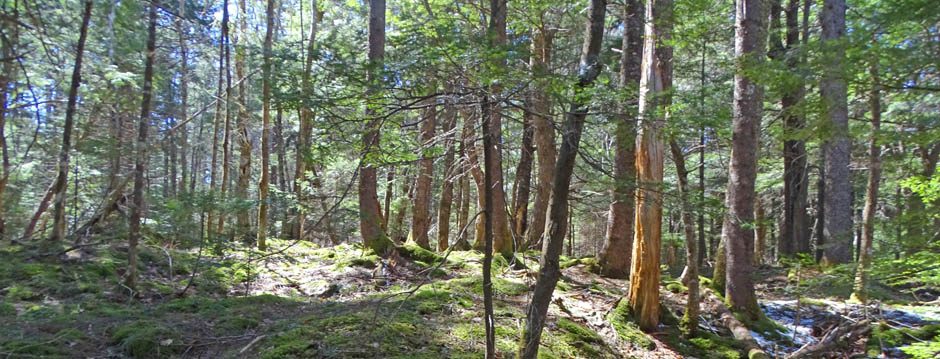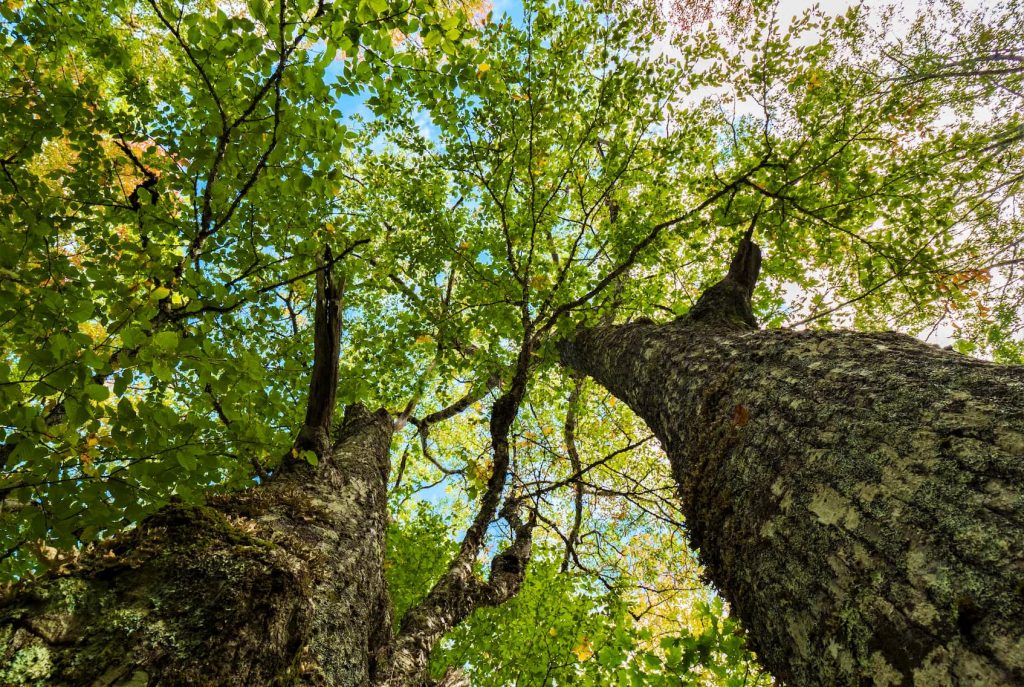Nina Newington, posted on Annapolis Environment & Ecology FB page, Oct 4, 2023
COMMENTARY: N.S. land, water protection plan needs urgency
Caption for the photo:
The only way to get more old-growth forest is to leave an old forest alone for another 40 years, writes Nina Newington.
Last December, Canada and 185 other countries signed onto the Kunming-Montreal Global Biodiversity Framework.
They committed to protecting 30 per cent of their lands and waters by 2030; that’s how dire the nature loss emergency is.
In 2021 — ahead of the pack — Nova Scotia committed to protecting 20 per cent of our land and water by 2030. This is a moderate and necessary contribution to the global effort.
With 13 per cent of Nova Scotia already protected and one per cent in the works, we need to add another six per cent to meet our target. In terms of our landmass, this means protecting another 330,000 hectares, or about 18 per cent of existing Crown land.
In the two years since Nova Scotia’s commitment was put into law, less than one per cent has been added to protected areas. Meanwhile, Crown lands that should be protected have been chopped up by forestry and other industrial activities. Worse yet, approvals continue to be issued for these activities. What will be left to protect if this goes on?
The province is promising a “collaborative strategy” by the end of this year. In late August, it put out a survey asking for our thoughts. (Submissions will be accepted through Friday).
So here goes:
Making a plan to make a plan is not good enough. In the face of the climate and biodiversity emergencies battering our province, our physical, social and economic health depends on protecting nature. We don’t have time to mess around.
The collaborative strategy must embody the roll-up-your-sleeves-and-get-on-with-it energy that both federal and provincial governments brought to tackling COVID.
What would that look like? For a start, we need to provide interim protection to ecologically valuable Crown land now. One practical way to do this is to pause all logging, development and industrial activities in old forests on Crown land until the goal of protecting 20 per cent has been met.
By old forest, I mean forests over 80 years old. Old-growth forests, by contrast, are roughly 125 years old.
Everyone, including the Department of Natural Resources and Renewables, agrees that our remaining old-growth forests must be protected. Why? Because the older the forest, the richer the diversity of life it supports. Unfortunately, we don’t have enough old-growth forests to bring us anywhere close to the 20 per cent target.
According to the Lahey report, less than one per cent of forests outside protected areas are old-growth.
How do you get more old-growth forest? There’s only one way: you leave an old forest alone for another 40 years.
There’s not much old forest left either. Over the last 50 years, rampant clearcutting has replaced old forests with young ones across most of the province. Estimates vary as to how much old forest is left, from well under five per cent to about 20 per cent.
Granting the remaining forests over 80 years old on Crown land temporary protection will preserve most of the higher conservation value areas while decisions are made about what exactly to protect permanently. Without that measure, the promised collaborative strategy will turn into another “talk and log” strategy. With the pause in place, there is an incentive for everyone to meet the 20 per cent target by 2030. To that end, the government must give the Protected Areas Branch of the Nova Scotia Environment and Climate Change Department sufficient authority and resources to do their job and to do it quickly.
Fortunately, the branch already has extensive information about the ecological value of Crown lands across the province.
Indigenous consultation is ongoing. Federal support is in place for the creation of Indigenous protected and conserved areas. Existing recovery plans for species at risk, such as the 2021 plan for mainland moose, identify core habitat.
Proposals for protected areas already submitted by citizen scientists add on-the-ground local information. What is missing is not information, it is urgency.

